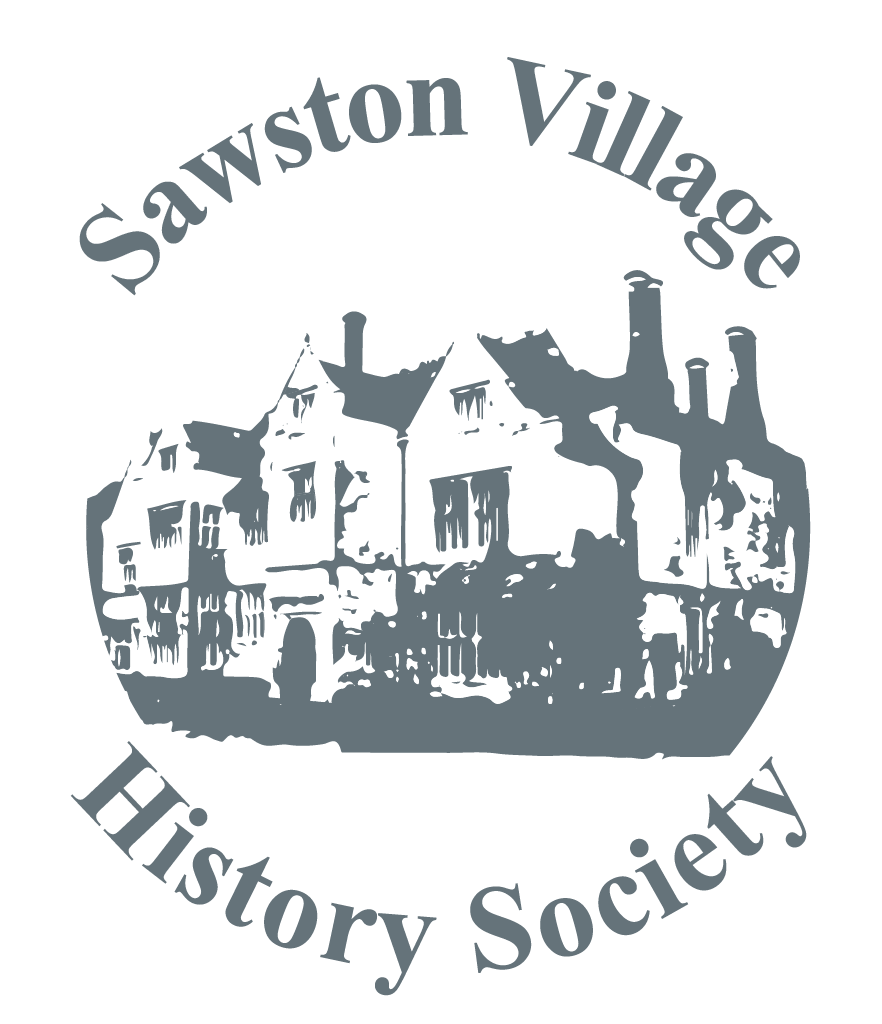
The April meeting of the Sawston Village History Society proved to be something of an inspiration to all members of the Society, when the speakers, Steve Capes and Matthew Hall, gave a very interesting presentation on the Cambridgeshire County Archive Network, (CCAN).
The first part of the talk was given by Steve Capes, the CCAN Project Manager, who outlined the purpose and background of the network, by showing a number of slides. The project has been running for about five years and its aim as stated in the leaflet handed out, is to ‘preserve the diverse and easily lost source of cultural and community heritage, and to make it available to the widest possible audience online’.
The project, which is centred on local history groups and societies throughout Cambridgeshire, was aided by a grant from the Heritage Lottery Fund.
It is planned to provide a number of access points to give residents, whether belonging to a group or acting as individuals, to explore existing records that have been already uploaded, or to add images, text, audio and video clips, or other reminiscences of their own. Each group is able to ‘moderate’ the information being entered so that there is some control of what material is to appear on the website. At present 32 groups have been added and a further 15 groups are still to be connected.
The availability of access points is an important aspect of the entire project and some have already been located in libraries, post offices, village halls, community centres, public houses, and other suitable places where the public may use them.
The Archive Network has already achieved much, and the existing 32 groups have added 500 pages of material comprising about 9000 items. Most images on the site are of good quality and give details of various functions; maps, posters, letters, characters of the past, and buildings. Many of the items already recorded give rare insights into forgotten aspects of times past and of rural activities.
Sometimes the information is very puzzling or unclear and this can lead to some discussion about what is actually going on, and this can lead on to further research by the group in order to fill in the gaps or identify unknown people.
The second part of the presentation was given by Matthew Hall, and was devoted to looking more closely at the materials already deposited by other groups and at the Sawston Archive in particular. A number of items comprising photos and documents were shown in order to indicate the range of material submitted. One particularly interesting early photo showed a water-bicycle, which was a type of bicycle mounted on floats and a gentleman was seen propelling himself by pedalling along on water. This caused much amusement in the audience. Many other items shown were also of great interest.
A number of the images relating to Sawston were of groups of people some of whom were as yet unidentified, but as it happened, there were Society members present who were able to recognise and name some of them.
The way that the system operates, the layout of the screens, and the function of the buttons on the Home Page were also explained. As it is a computer-based system with readily available access points, information can be browsed and uploaded fairly easily once the operating system is clearly understood. Access can also be made from a computer located almost anywhere in the globe, so that local residents who have moved away can still participate.
Each local group is to be self-governing and sustainable and will have the final say as to what material is to be displayed on their own site.
The talk generated a number of questions, with the likelihood that more images and other information will soon be forthcoming. It is also hoped to get other members of the Society more actively involved with CCAN. Everyone present greatly enjoyed the presentations, and the general level of interest shown was appreciated just as much by the speakers as it was by the audience.